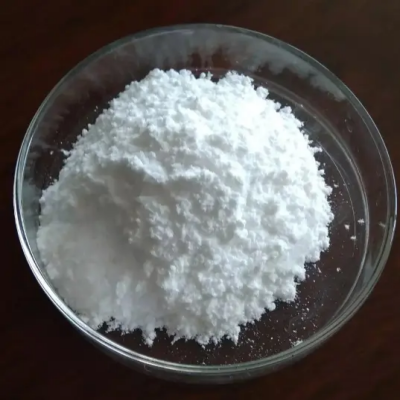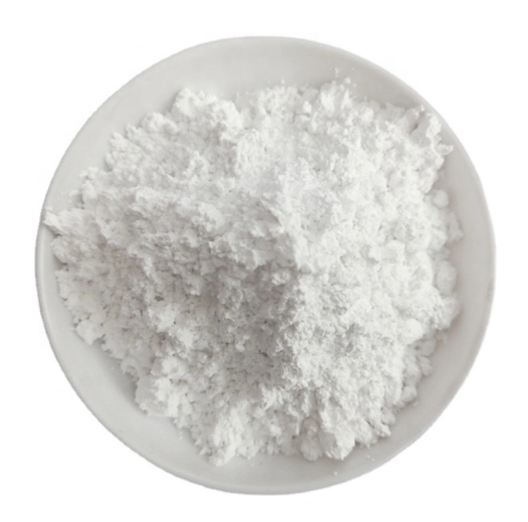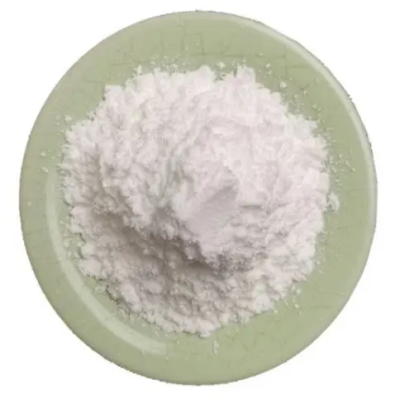5-Methoxytryptamine CAS:608-07-1
Tryptamine is an important biogenic amine that originates from the essential amino acid tryptophan, which serves as its precursor in biological systems. The structure of tryptamine includes an indole ring fused with an ethylamine side chain, contributing to its classification as a monoamine. This unique architecture is shared by numerous naturally occurring compounds, particularly those involved in neurotransmission and psychoactivity. As a neurotransmitter and neuromodulator, tryptamine plays a vital role in the central nervous system. It influences various physiological functions, including mood regulation, sleep-wake cycles, and appetite control. Tryptamine's ability to engage with serotonin receptors (5-HT receptors) highlights its significance in mental health. Research suggests that alterations in tryptamine levels may be linked to mood disorders, such as depression and anxiety, making it an area of interest for developing therapeutic interventions. The biosynthetic pathway of tryptamine involves decarboxylation of tryptophan, catalyzed by the enzyme aromatic L-amino acid decarboxylase. Once synthesized, tryptamine can undergo further metabolism to produce key derivatives such as serotonin (5-hydroxytryptamine) and melatonin (N-acetyl-5-methoxytryptamine). Serotonin, in particular, is crucial for regulating mood, cognition, and emotional well-being, while melatonin plays a key role in sleep regulation. In addition to its biological significance, tryptamine has garnered attention in the field of psychopharmacology due to its structural similarities to hallucinogenic compounds such as psilocybin and DMT (dimethyltryptamine). These compounds share a common indole framework and exhibit psychoactive properties, leading researchers to explore the effects of tryptamine on consciousness and perception. Moreover, tryptamine and its derivatives are being investigated for their potential therapeutic applications in treating neuropsychiatric disorders and enhancing overall mental health. In summary, tryptamine is a critical compound that bridges amino acid metabolism and neurotransmission, offering insights into both normal physiological functions and potential therapeutic avenues for addressing mental health challenges. Its presence in various biochemical pathways underscores its importance in neuroscience and pharmacology.



| Composition | C11H14N2O |
| Assay | 99% |
| Appearance | white powder |
| CAS No. | 608-07-1 |
| Packing | Small and bulk |
| Shelf Life | 2 years |
| Storage | Store in cool and dry area |
| Certification | ISO. |









